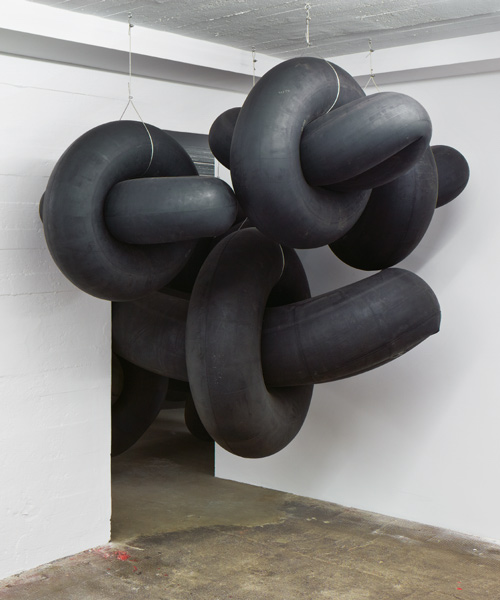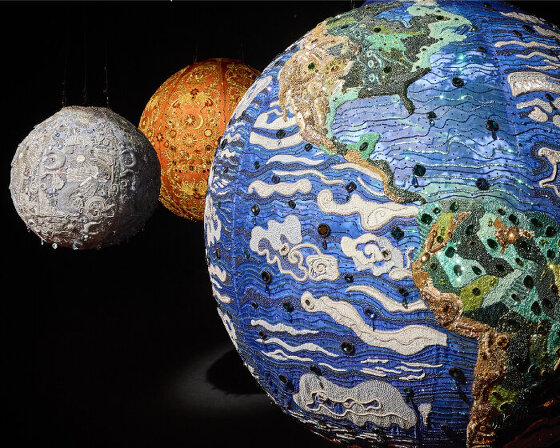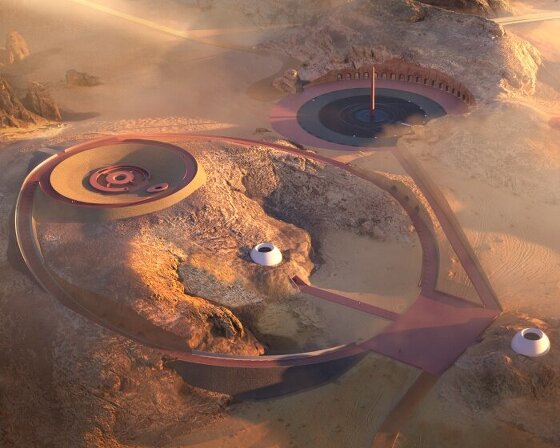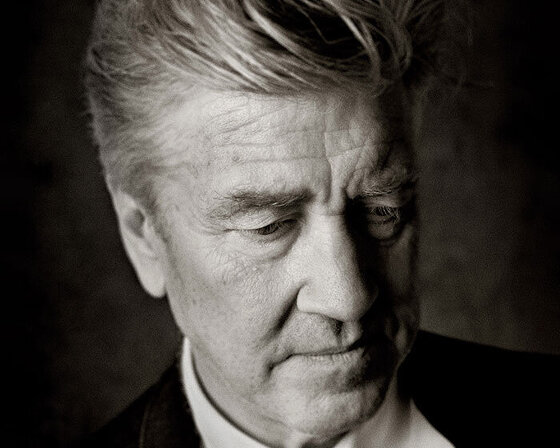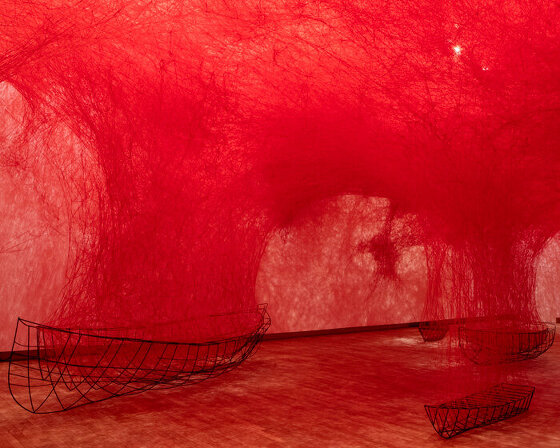michael sailstorfer is a german artist who primarily works in sculpture and installation, as well as painting, performance, photography, and film. sailstorfer, who now lives and works in berlin, grew up in velden, a small market town in bavaria. this rural setting served as the backdrop to his first work as an art student, which involved cleaning the forest floor to turn a natural space into an ‘artificial’ one. since then, sailstorfer has continued to question and subvert both the natural and man-made worlds, with pieces ranging in scale from nearly imperceptible interventions to highly elaborate productions.
to learn more about the artist and his practice, we spoke with sailstorfer who discussed the evolution of his work and what he is currently fascinated by.
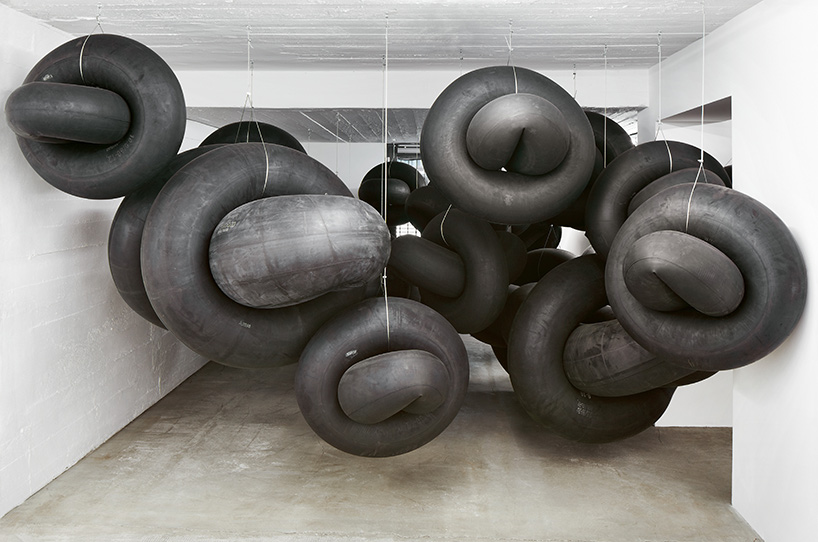
himmel berlin, 2012 (wolken) | truck tire inner tubes dimensions variable
30 clouds: 20x small, 10x big inner tubes for trucks
sammlung boros, berlin | image by NOSHE
designboom (DB): what aspects of your background and upbringing have shaped your creative principles and philosophies?
michael sailstorfer (MS): I grew up in the countryside where I also created my first works. since I didn’t have any access to gallery or exhibition spaces back then, my early works originate from a natural context which always had a huge impact on me. my first work as an art student was called ‘waldputz’ produced in 2000. for this piece, I transformed a natural space — the forest near the house where I grew up — into an artificial space by cleaning the forest ground and tree trunks.
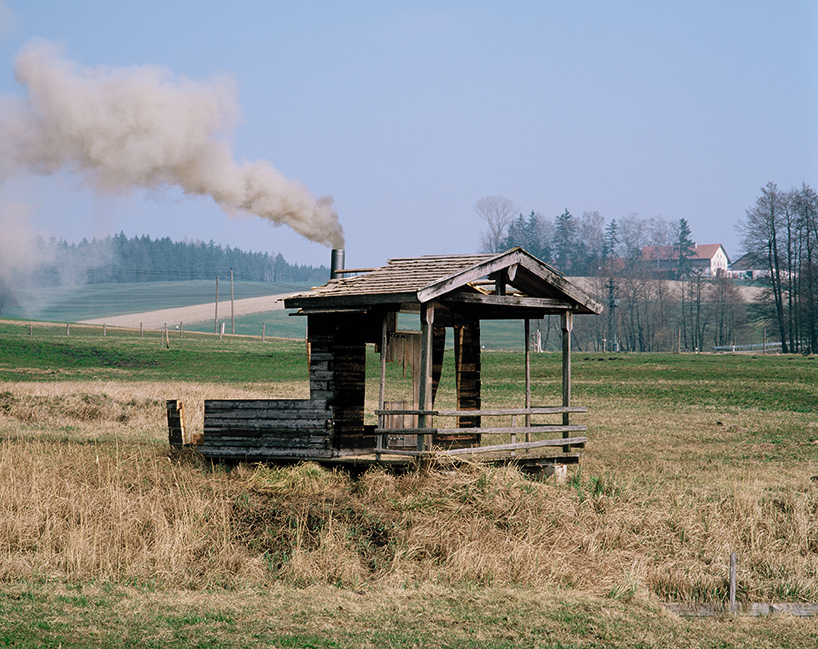
3 ster mit ausblick, 2002 (in collaboration with jürgen heinert)
10 cibachromes on alu dibond | framed:
55 × 70 cm (21 5/8 × 27 1/2 inches)
58 × 72 cm (22 7/8 × 28 3/8 inches) (framed)
edition of 4 plus II AP
DB: what are the creative strategies you adopt when working?
MS: precise observation of the environment, reaction towards the space, reflection of my own situation and the involvement of daily topics.
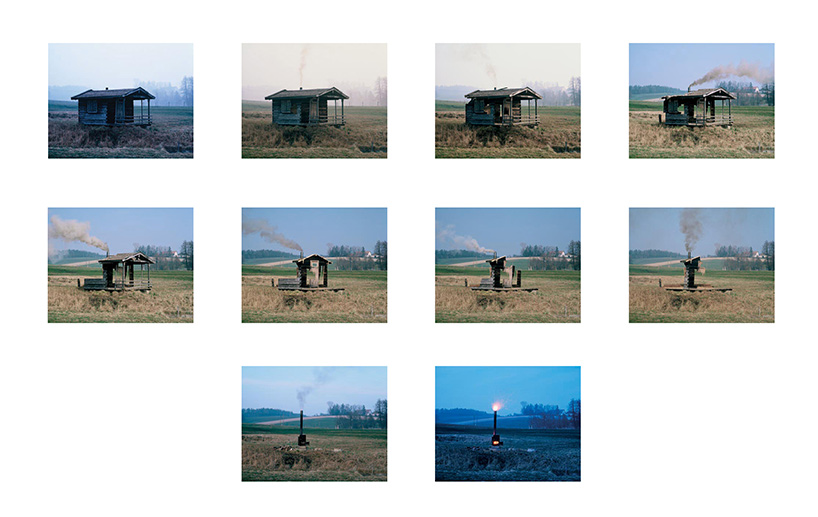
3 ster mit ausblick, 2002 (in collaboration with jürgen heinert)
10 cibachromes on alu dibond | framed:
55 × 70 cm (21 5/8 × 27 1/2 inches)
58 × 72 cm (22 7/8 × 28 3/8 inches) (framed)
edition of 4 plus II AP
DB: how do you view the evolution of your work since you first started as an artist?
MS: the older I get, the more aware I am of the correlation between my work and biography. the question of how a work can generate attention and presence in a space is becoming more and more important to me.
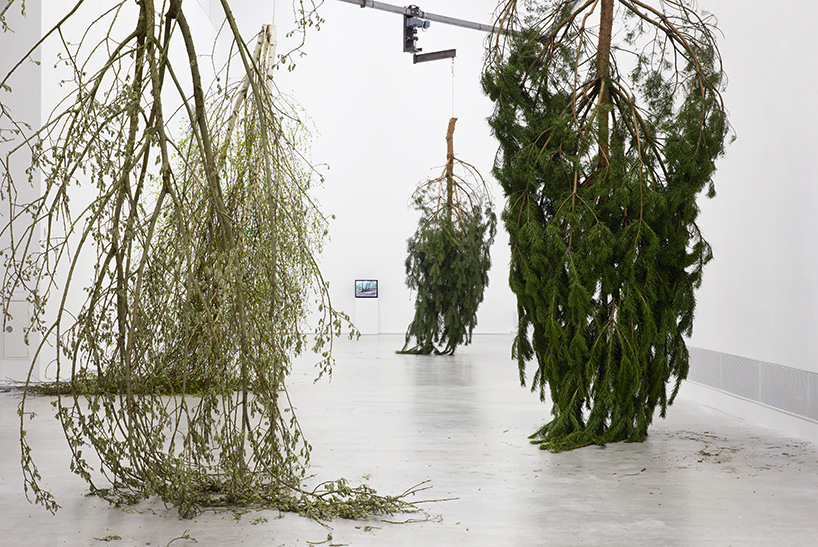
forst, 2010 | (forst) | 5 trees, 5 electric motors, iron | dimensions variable
five upside down hanging trees which rotate slowly occupy the whole of the ten meter high exhibition space
exhibition view: forst, berlinische galerie, berlin, 2012 | image by NOSHE
DB: is there a common thread that underpins your work overall?
MS: there are probably a few common threads that underpin my work such as temporality, transformation, spending materials and resources as well as transience and finitude.
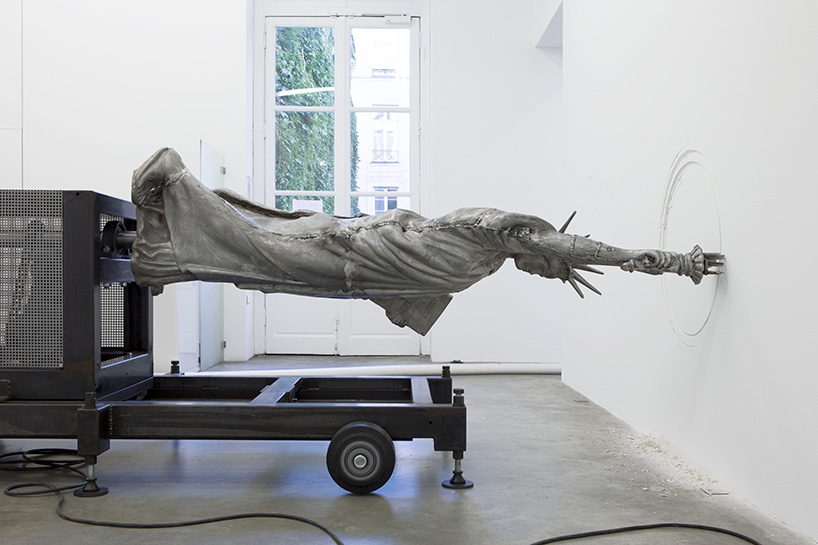
freedom fries, 2013 | aluminum, iron, electric motor
110 × 375 × 130 cm (43 1/4 × 147 5/8 × 51 1/8 inches)
image by galerie perrotin
DB: what do you think is the role of an artist in society today?
MS: that’s quite complex. but I think for me it’s about demonstrating creative, free and alternative ways of thinking and supporting the freedom of thoughts in general.
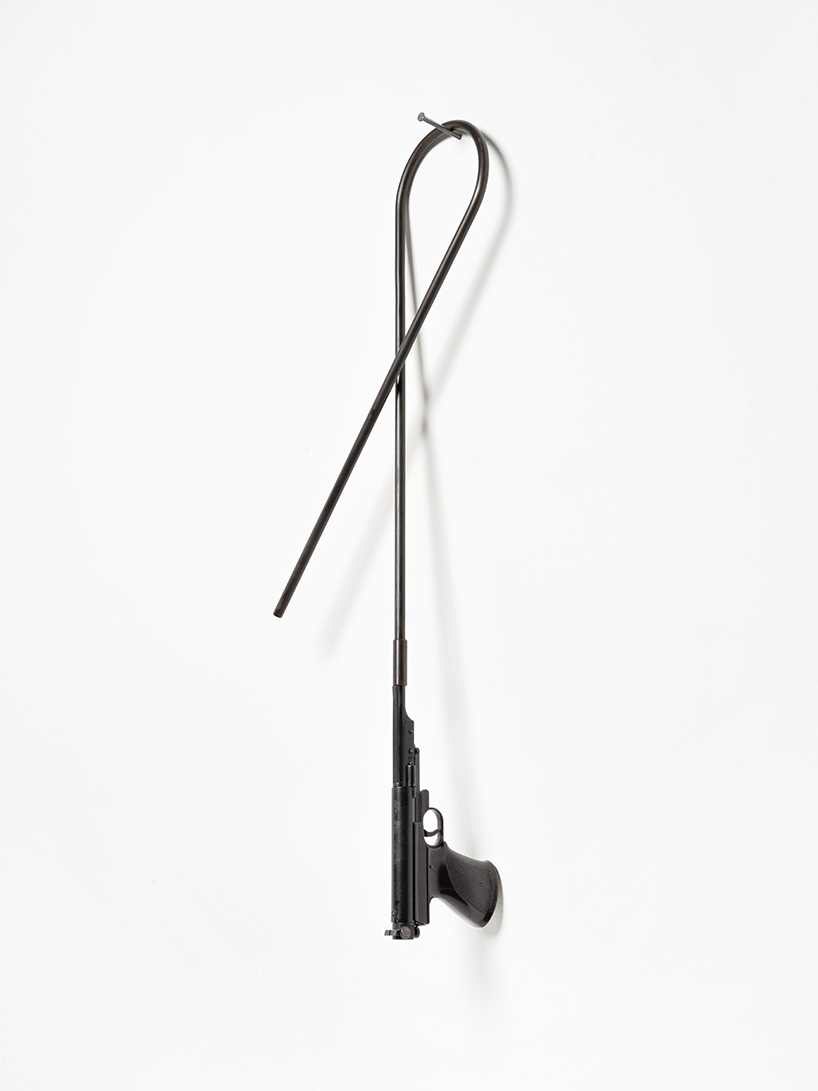
gun 1, 2020 | airgun, steel
92 × 32 × 15 cm (36 1/4 × 12 5/8 × 5 7/8 inches)
image by roman märz | courtesy of studio michael sailstorfer, berlin
DB: what role do you want an audience to play in the viewing of your work? what kind of participation is asked of them?
MS: my pieces are made for the audience. I consider my work as a door the viewers can enter and then take their own path from there. in some works, there is a physical interaction between the object and the audience for example through sound or smell. which is a door opener. but in general, it’s more about the intellectual interaction: the viewers are encouraged to develop the idea of the piece further on the basis of their background, experience and biography.
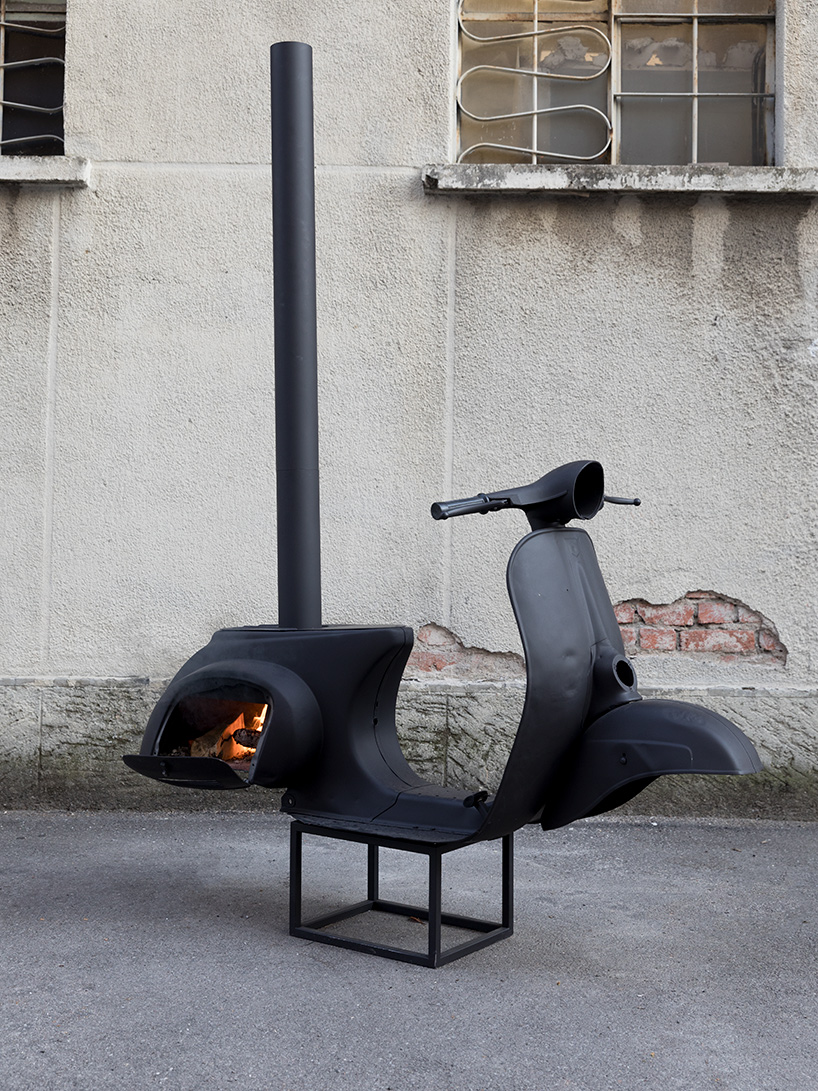
ofen mailand, 2017 | sheet metal, cast iron, rubber
205 × 168 × 70 cm (80 3/4 × 66 1/8 × 27 1/2 inches)
image by roberto marossi
DB: what do you hope audiences take away from your work? are there certain themes you hope your work provokes discussion about?
MS: this links to the last question: I want to set the viewers thinking. raising questions instead of giving answers. themes that really interest me are usually topics related to our everyday lives and evolution such as nature, humans and technology, temporality.
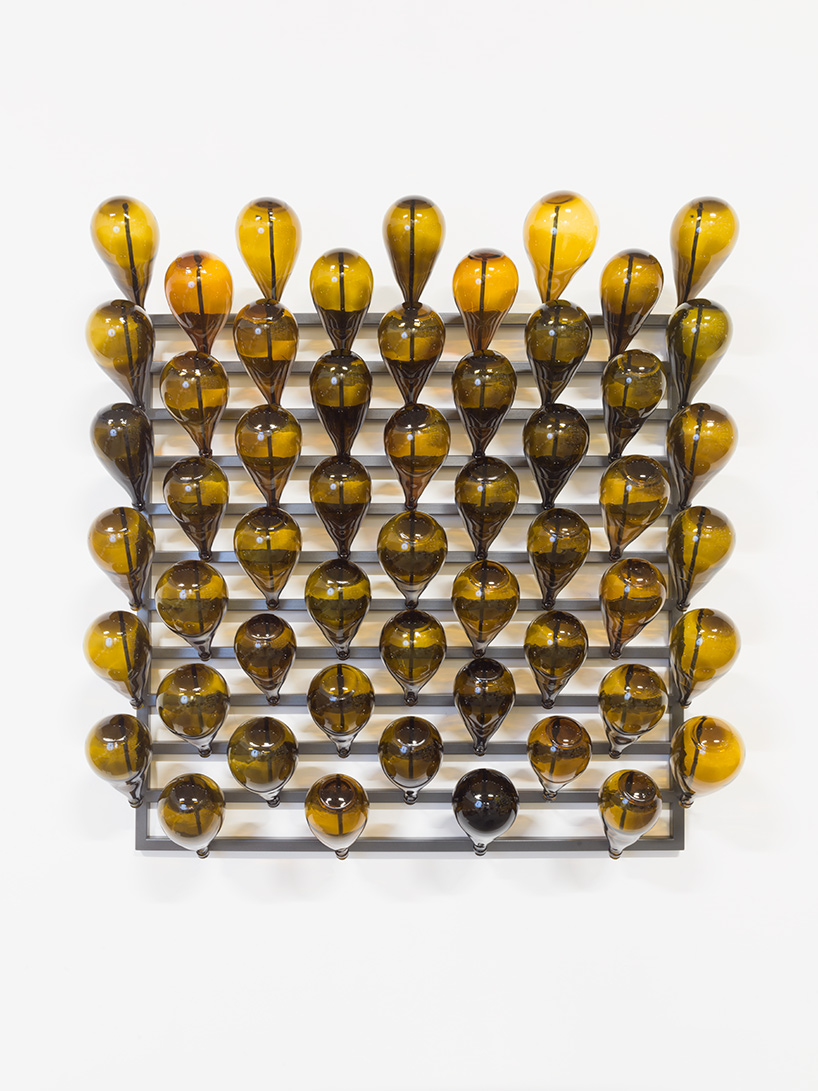
tränentrockner paris, 2019 | steel, glass
140 × 130 × 30 cm (55 1/8 × 51 1/8 × 11 3/4 inches)
DB: what are you currently fascinated by and how is it feeding into your artistic practice?
MS: I’m currently fascinated by transformative processes in the human body. my new work series consists of 32 over-sized teeth made of salt stone. both, teeth and salt stand for transformation.
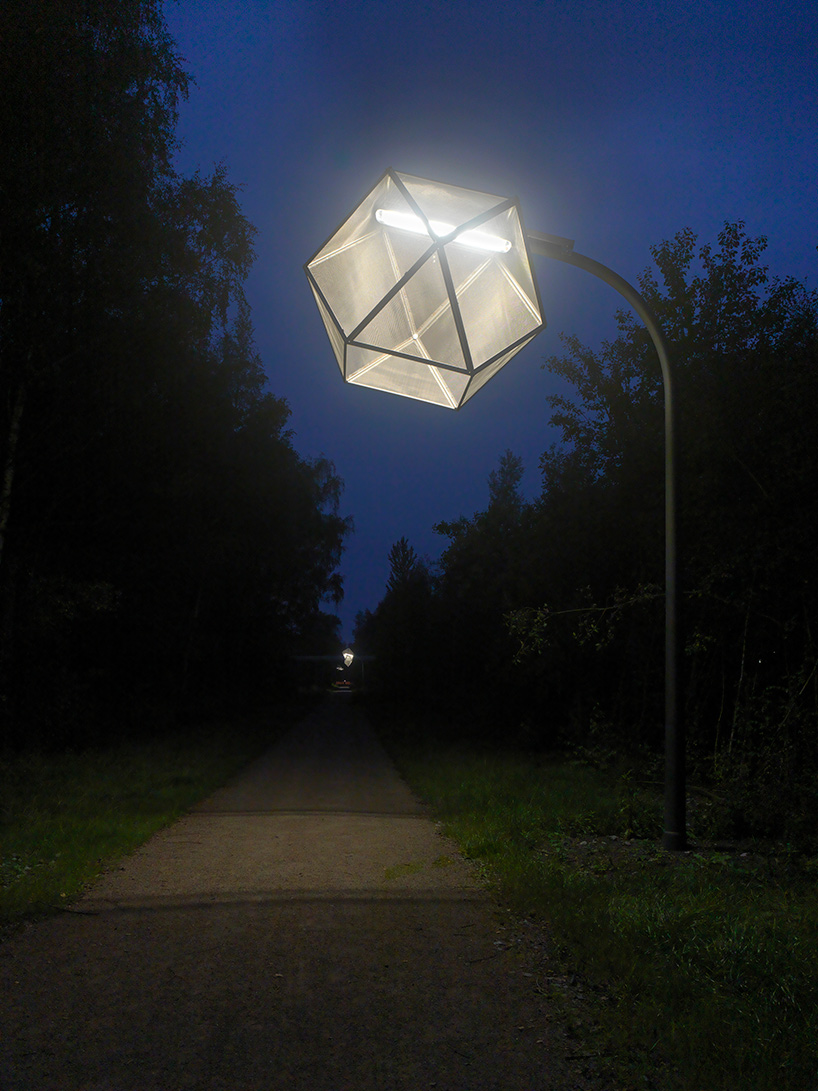
mückenhäuser, 2014
5 street lamps, stainless steel, electronic components each
700 × 300 × 280 cm (275 5/8 × 118 1/8 × 110 1/4 inches)
image by achim kukulies © michael sailstorfer
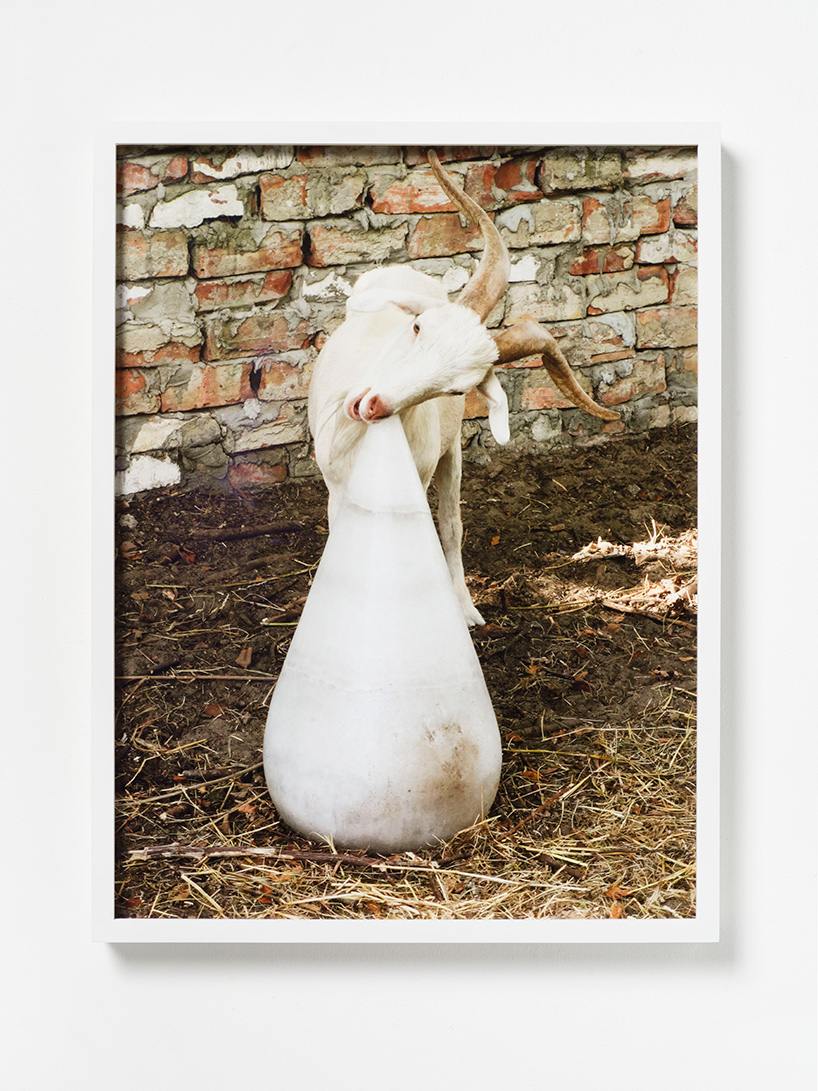
tearcracker, 2018 | C-print, framed
53 × 40 cm (20 7/8 × 15 3/4 inches)
55 × 42 cm (21 5/8 × 16 1/2 inches) (framed) edition of 10 plus III AP
image by roman märz, courtesy of studio michael sailstorfer, berlin
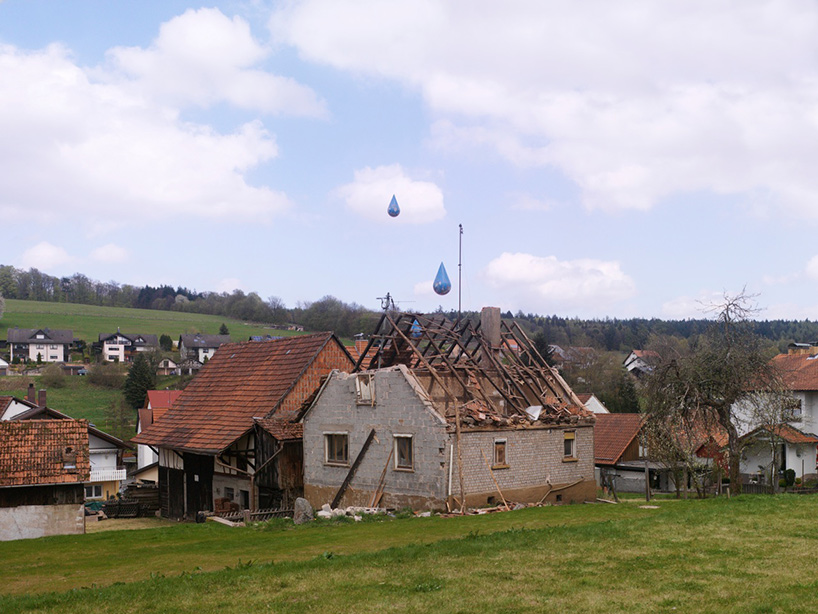
tränen, 2015 | video | ca. 9 min
edition of 5 plus II AP
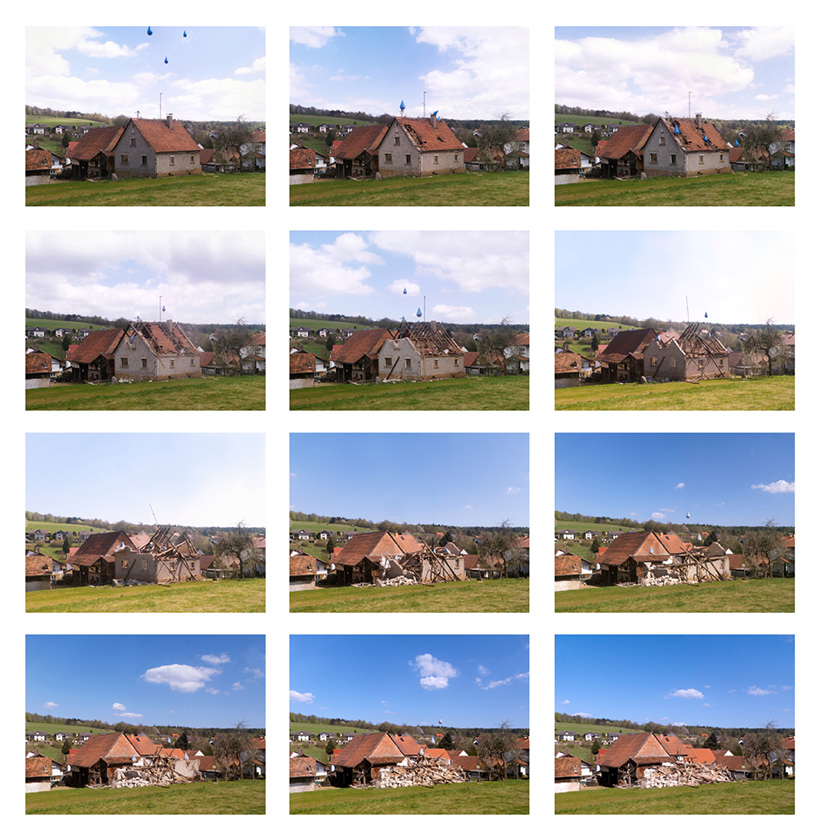
tränen, 2015 | video | ca. 9 min
edition of 5 plus II AP
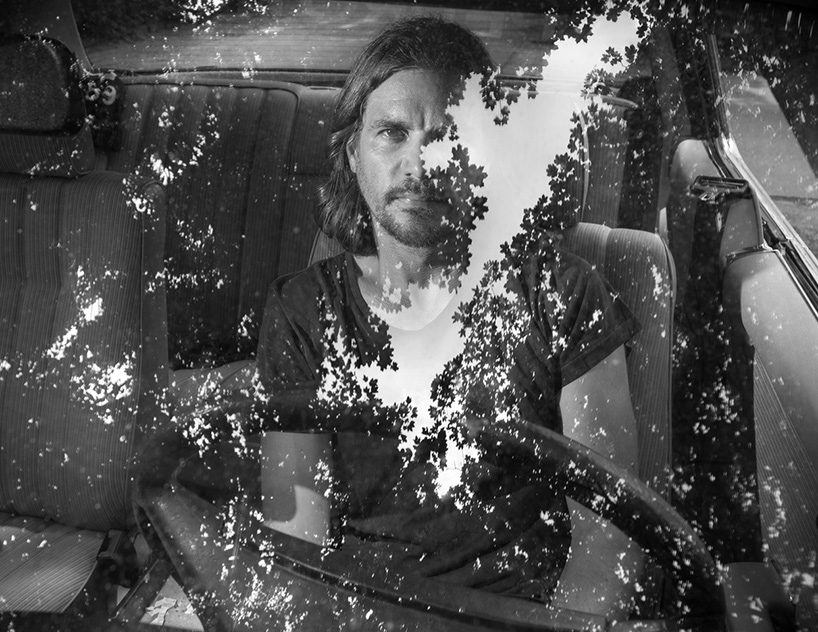
michael sailstorfer | image by mark oliver
